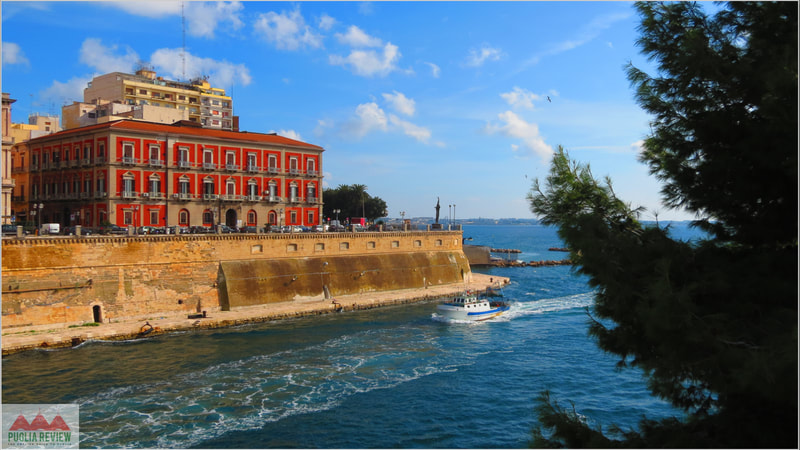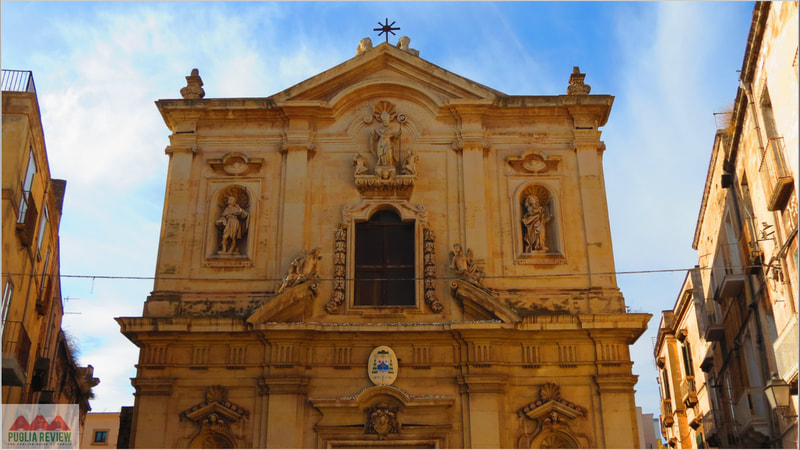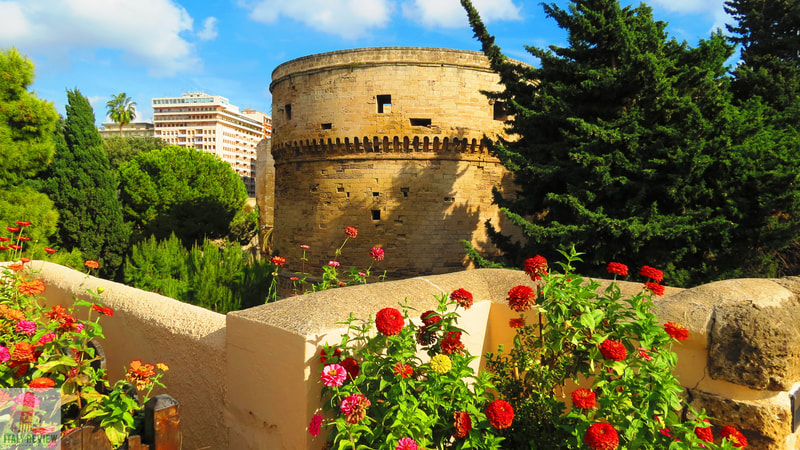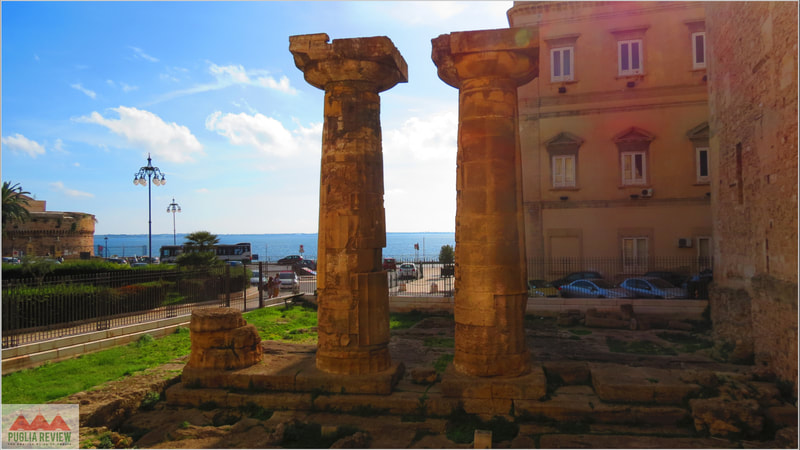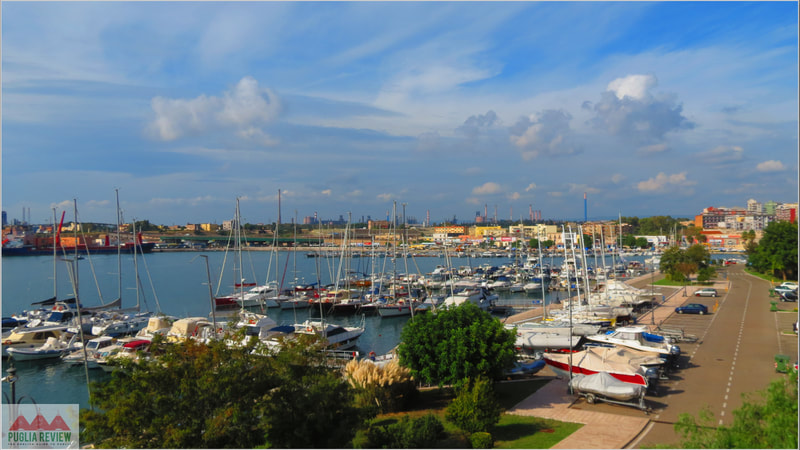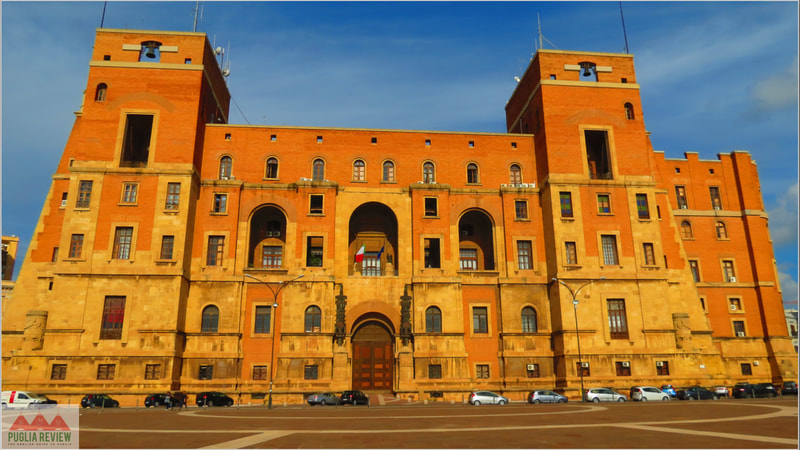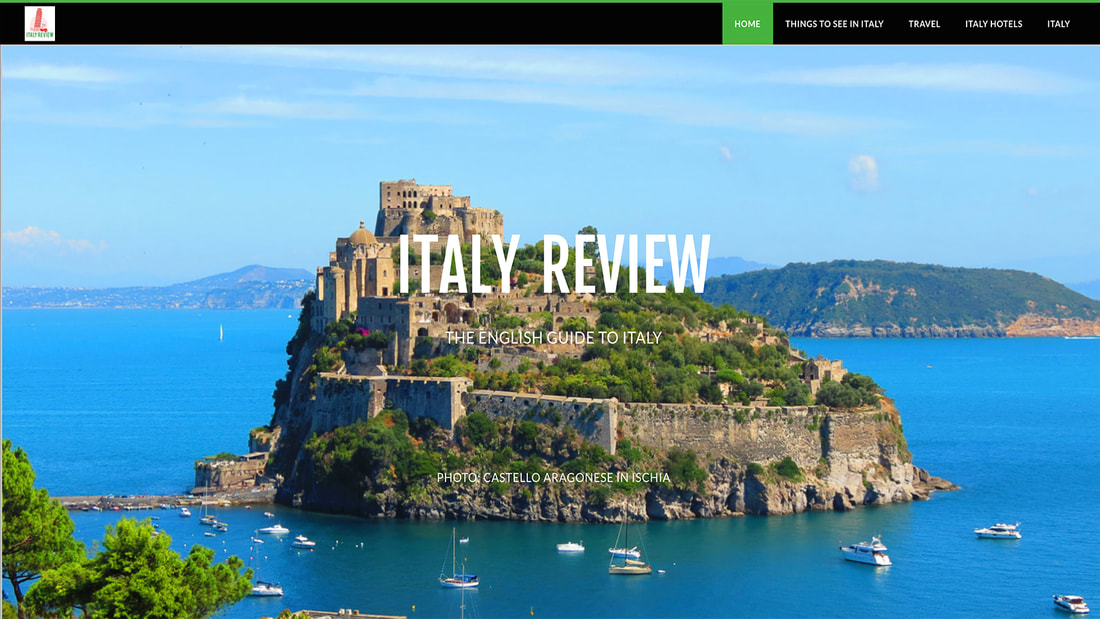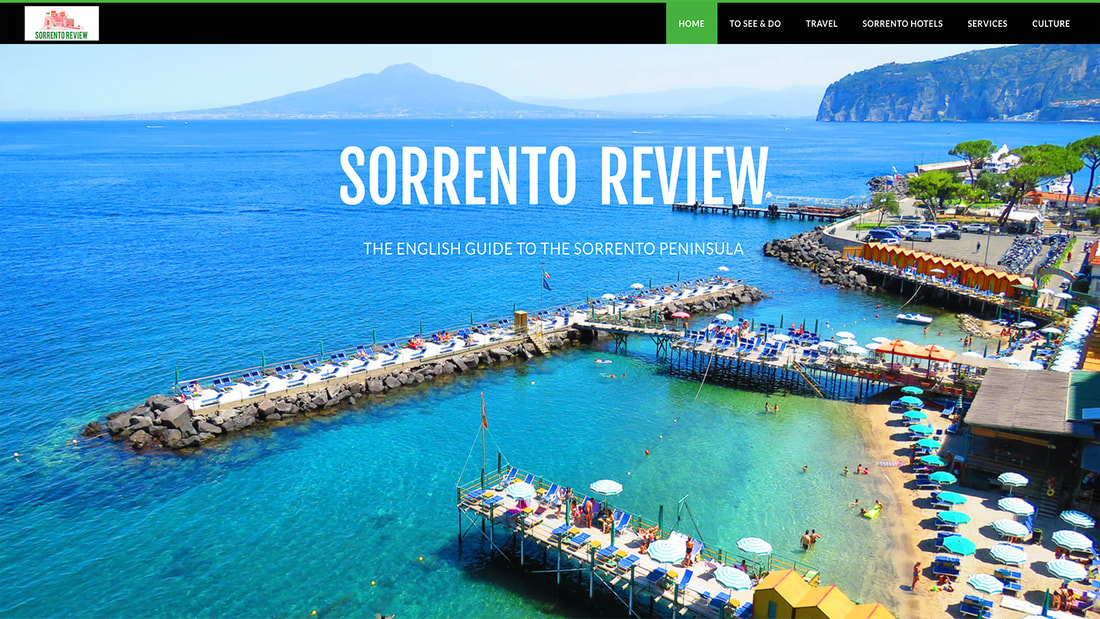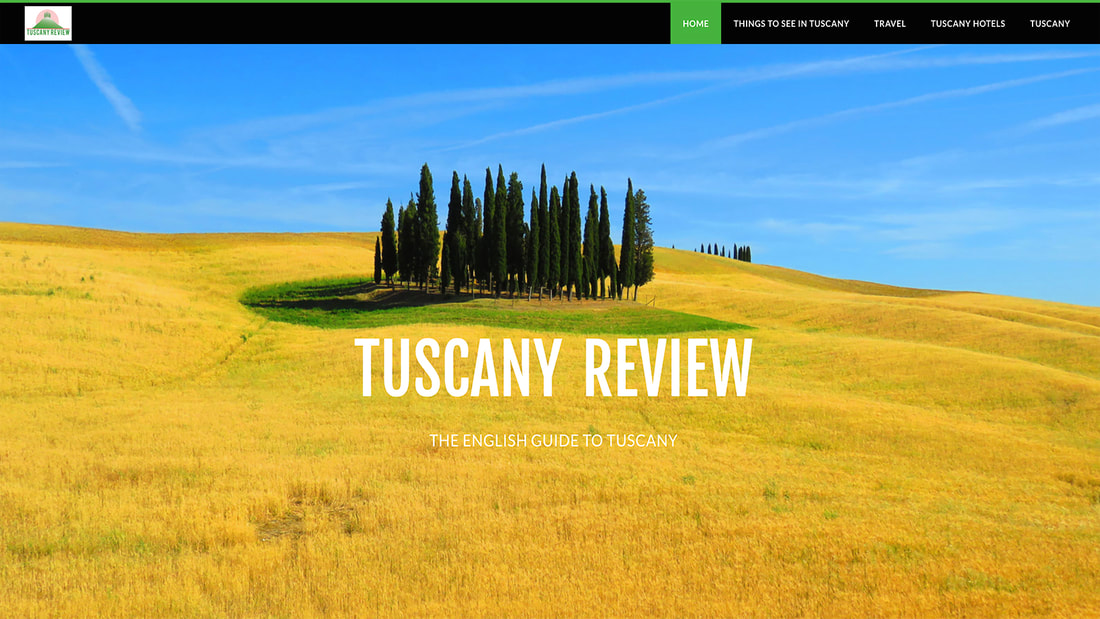Taranto
|
Latest update: 18 March 2024
|
By: Dion Protani
|
|
The bustling city of Taranto is the capital of the eponymous province of Taranto.
With a population of over 200,000 inhabitants, it is one of the main economic and cultural centres of the region. Taranto is most famous for its ancient history, including its origins as a Greek colony and its strategic importance as a naval base. The city boasts archaeological sites, historic landmarks, and beautiful beaches along the Ionian Sea. |
Related links
Taranto: Puglia's Ionian Sea port
Taranto, capital of the province of Taranto, is a historic city with a rich maritime heritage. Its main attraction is the Aragonese Castle, a medieval fortress overlooking the sparkling Mar Grande, symbolizing the city's long history. The old town is a maze of narrow streets, charming squares, and historic buildings, including the stunning Taranto Cathedral.
Visitors can stroll along the scenic waterfront promenade, lined with cafes and restaurants offering fresh seafood delicacies. Nearby, the National Archaeological Museum showcases artifacts from ancient civilizations. Taranto also offers easy access to the beautiful beaches along the Ionian coast. It promises a captivating journey through history and coastal beauty in Puglia.
Visitors can stroll along the scenic waterfront promenade, lined with cafes and restaurants offering fresh seafood delicacies. Nearby, the National Archaeological Museum showcases artifacts from ancient civilizations. Taranto also offers easy access to the beautiful beaches along the Ionian coast. It promises a captivating journey through history and coastal beauty in Puglia.
Comune di Taranto
|
Province: Taranto
Region: Puglia Population: 188,310 (source: ISTAT 1 January 2024) Size: 217 km² Top sights: Borgo Antico, Archaeological Museum, Doric Columns Close by: Massafra, Martina Franca, Alberobello, Locorotondo Recommended accommodation: L'Arcangelo Boutique Hotel |
|
Public transport: train station 2 km from centre, local buses
By car: Brindisi - 50 mins (73 km), Bari - 1 hour 10 mins (84 km) |
Fly to: Brindisi Airport - 59 minutes by car (81 km)
By train: Brindisi - 1 hour 6 minutes, Bari - 1 hour 15 minutes |
What are the most popular activities in Taranto and the local area?
Taranto:
Nearby Attractions:
- Castello Aragonese: Explore the Aragonese Castle, a historic fortress dating back to the 15th century, offering panoramic views of the city and the sea, as well as exhibitions on local history and archaeology.
- Taranto National Archaeological Museum: Visit the National Archaeological Museum, home to an impressive collection of ancient artefacts, including Greek ceramics, Roman sculptures, and treasures from the Magna Graecia era.
- Cathedral of San Cataldo: Admire the Cathedral of San Cataldo, a Romanesque-style church featuring beautiful frescoes, marble columns, and a stunning rose window.
- Taranto Old Town: Wander through the charming streets of Taranto's Old Town, lined with historic buildings, quaint cafes, and traditional shops, offering a glimpse into the city's rich heritage and culture.
- Taranto Waterfront: Take a stroll along the waterfront promenade, enjoying views of the Mar Piccolo and Mar Grande, bustling with fishing boats, yachts, and waterfront restaurants serving fresh seafood.
Nearby Attractions:
- Grottaglie: Explore the nearby town of Grottaglie, famous for its traditional ceramics craftsmanship, with numerous workshops and studios where visitors can witness artisans at work and purchase handmade pottery.
- Manduria: Discover Manduria, known for its ancient Messapian settlements and archaeological sites, as well as its production of Primitivo wine, with vineyards offering wine tastings and tours.
- Castellaneta Marina: Relax on the beaches of Castellaneta Marina, a coastal resort town with sandy shores, crystal-clear waters, and waterfront bars and restaurants, perfect for sunbathing and swimming.
- Tavoliere delle Puglie: Explore the vast plains of the Tavoliere delle Puglie, an agricultural region dotted with olive groves, vineyards, and wheat fields, offering scenic drives and opportunities for outdoor activities such as hiking and cycling.
- Gargano Peninsula: Take a day trip to the Gargano Peninsula, a stunning coastal region known for its picturesque villages, limestone cliffs, and sandy beaches, as well as its natural parks and wildlife reserves.
What are the best restaurants in Taranto?
- Trattoria da Zia Piera: Located in the historic city centre at Via Palma 44, this trattoria offers traditional Apulian cuisine with a focus on fresh seafood dishes. Guests can enjoy a cosy atmosphere and savour homemade pastas, grilled fish, and local specialties.
- Ristorante La Capannina: Situated along the Lungomare Vittorio Emanuele III, this restaurant boasts stunning views of the sea. Specializing in seafood, it offers a diverse menu featuring dishes like seafood risotto, grilled fish, and shellfish platters.
- Ristorante Da Pierino: Found on Via D'Amelio 12, this family-run restaurant is known for its warm hospitality and delicious regional cuisine. Diners can choose from a variety of pasta dishes, seafood specialties, and meat entrees in a welcoming atmosphere.
- Trattoria Il Granchio: Located on Via Alcide De Gasperi 46, this trattoria offers a relaxed environment and a menu focused on fresh seafood. Guests can enjoy dishes like spaghetti alle vongole, grilled octopus, and seafood salads prepared with locally sourced ingredients.
- Osteria del Tempo Perso: Situated in the historic city centre on Via Sant'Andrea, this osteria serves up traditional Apulian fare with a modern twist. Diners can sample dishes like orecchiette with broccoli rabe, swordfish carpaccio, and homemade desserts in a charming setting.
Taranto Gallery
What are the best places to stay in Taranto?
- Mercure Delfino Taranto: Located in the heart of Taranto, Mercure Delfino Taranto offers guests a central stay close to the town's main attractions. This hotel provides modern rooms with amenities such as air conditioning and Wi-Fi. Guests can explore Taranto's historic centre, including the Aragonese Castle and the Taranto National Archaeological Museum, and enjoy nearby cafes and shops.
- Hotel L'Arcangelo: Positioned near Taranto's seafront, Hotel L'Arcangelo offers guests a convenient seaside stay with easy access to the town's beaches and restaurants. This hotel provides comfortable rooms with amenities such as air conditioning and satellite TV. Guests can relax on the nearby promenade, explore Taranto's historic district, and visit landmarks such as the Ponte Girevole swing bridge.
- Bed & Breakfast Archita: Located in Taranto's historic centre, Bed & Breakfast Archita offers guests a central stay close to the town's main sights. This bed and breakfast provides cosy rooms with a homely atmosphere. Guests can explore Taranto's narrow streets, visit landmarks such as the Cathedral of San Cataldo, and sample local cuisine at nearby trattorias and cafes.
- Hotel Park Mar Grande: Situated near Taranto's Mar Grande beach, Hotel Park Mar Grande offers guests a convenient seaside stay with easy access to the town's waterfront attractions. This hotel provides comfortable rooms with amenities such as air conditioning and Wi-Fi. Guests can relax on the nearby sandy beach, explore Taranto's marina area, and enjoy water sports and boat trips.
- Hotel Akropolis: Located near Taranto's railway station, Hotel Akropolis offers guests a convenient stay with easy access to transportation links. This hotel provides modern rooms with amenities such as air conditioning and satellite TV. Guests can explore Taranto's commercial district, visit nearby shopping areas and entertainment venues, and enjoy dining at the hotel's restaurant serving Italian cuisine.
What are the closest airports to Taranto?
Brindisi Salento Airport (BDS):
53 minutes by car (73 km)
Bari Karol Wojtyla Airport (BRI):
1 hour 8 minutes by car (110 km)
53 minutes by car (73 km)
Bari Karol Wojtyla Airport (BRI):
1 hour 8 minutes by car (110 km)
What's the main train station in Taranto?
Stazione di Taranto
- Located in Taranto city centre
- Intercity trains connect to Bari with journey times of one hour 9 minutes
What private transfer options are there for Taranto?
A private transfer from Brindisi Salento Airport to Taranto takes around 55 minutes.
If you'd like a price for this service just email us using the [email protected] mailbox, providing the following details:
Once we have those details we'll get back to you with a price, a travel schedule and how the transfer will work.
If you'd like a price for this service just email us using the [email protected] mailbox, providing the following details:
- Arrival location (airport, train station or other)
- Arrival date
- Arrival time
- Number of passengers
- Destination (either town or specific hotel)
Once we have those details we'll get back to you with a price, a travel schedule and how the transfer will work.
Alternatively, you can use the private transfer booking engine below:
Where can I rent a car to visit Taranto?

